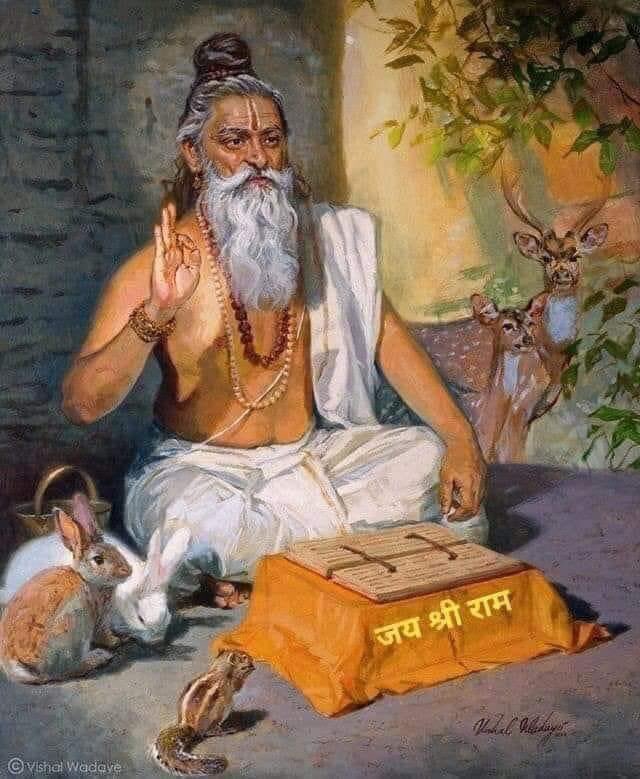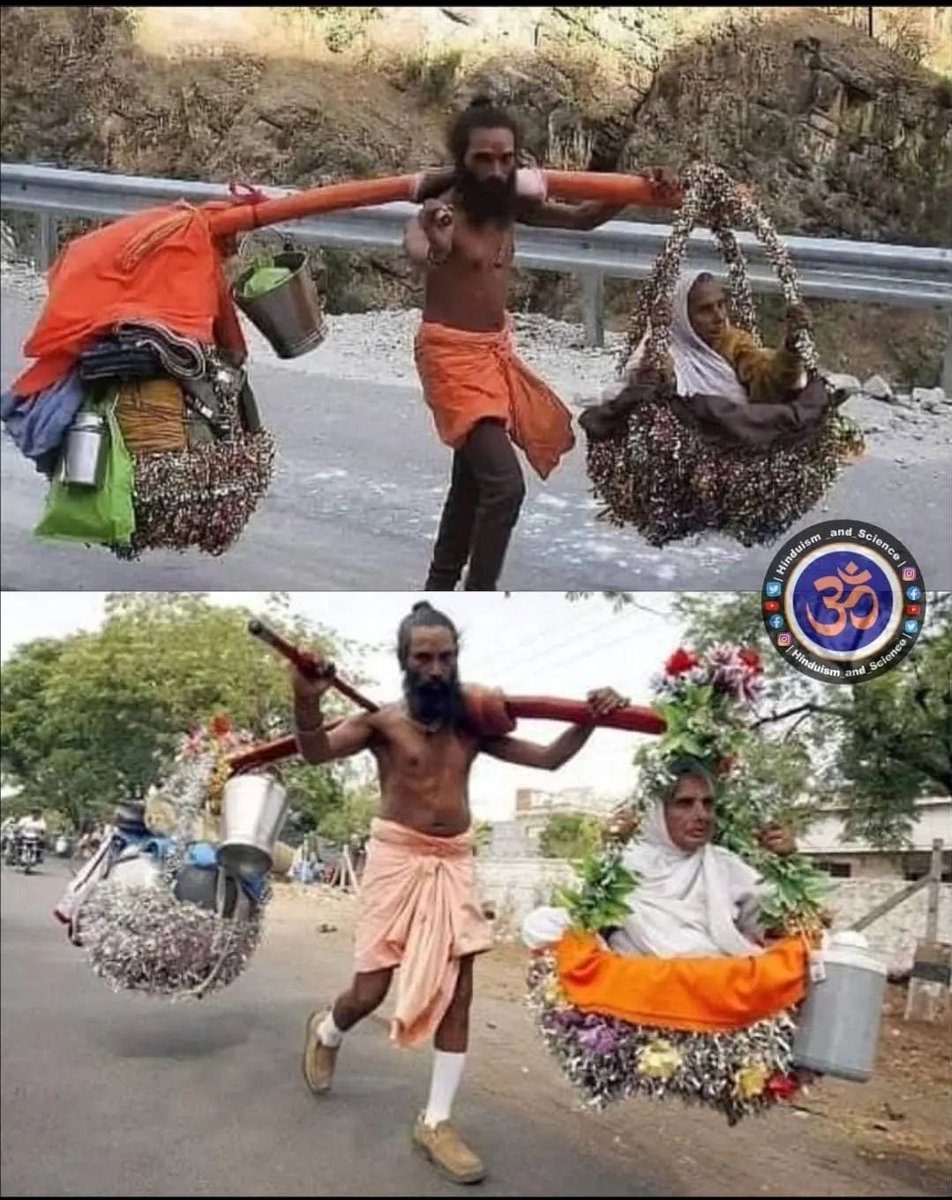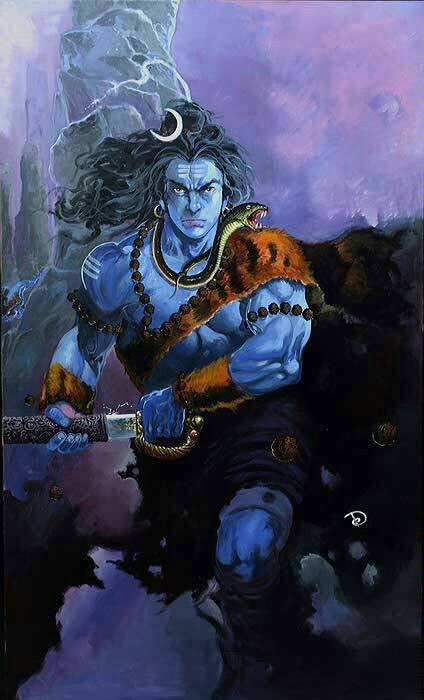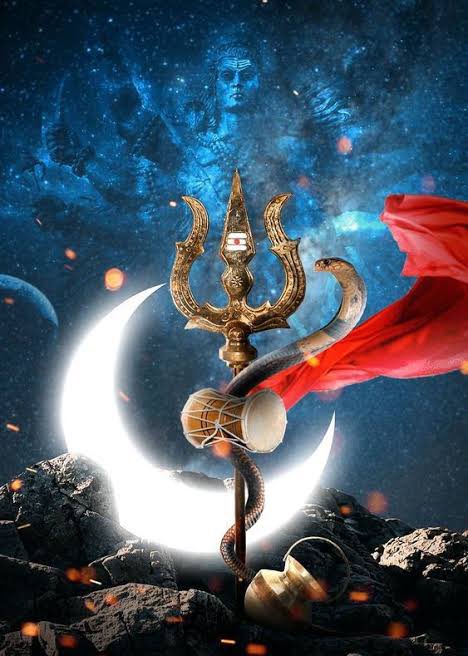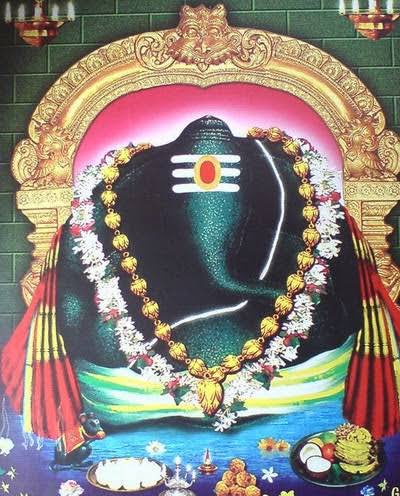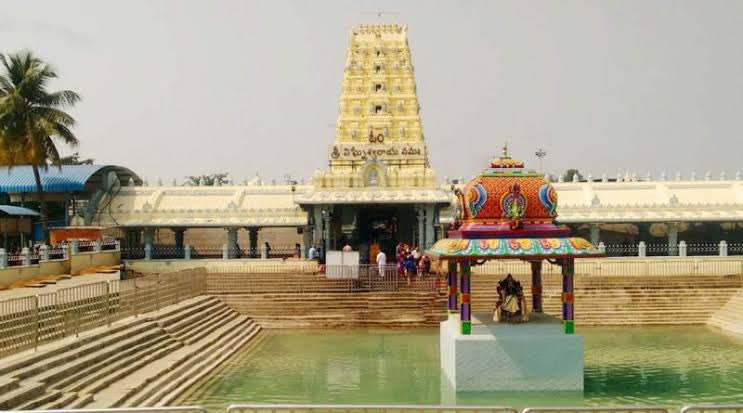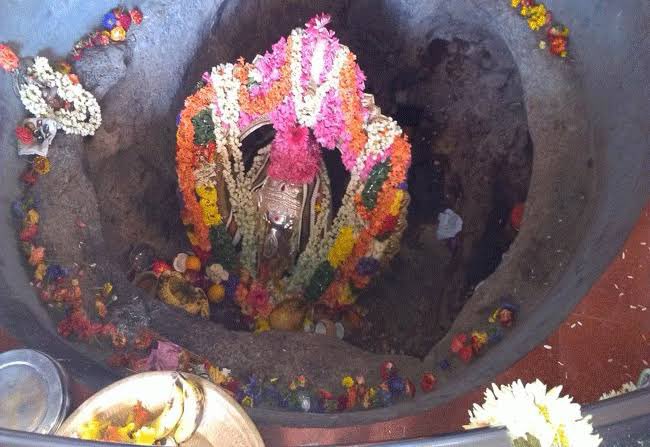Colors have a significant part in Indian religion and culture, displaying a profound meaning that goes beyond just ornamental elements. Color is used by artists to represent the traits of deities and their garments.
Colors used correctly create an environment that should make a person happy. Red, yellow (turmeric), green from leaves, white from wheat flour, and other colors are commonly utilized in religious events. Saffron is the primary hue used in most Eastern religions and societies.
Hinduism:
Saffron — the color of Agni or fire – is the color that symbolizes all aspects of Hinduism. Fire represents knowledge-burning ignorance since it burns away the darkness and brings light.
Fire also represents the spirit of Yagna (Sacred Fire Ritual), which is necessary for Self-knowledge. As a result, the fire altar is considered a unique symbol of old Vedic customs.
It is a color of purity that symbolizes religious abstinence, purging, and the purity that results as a result. Saints and ascetics, those who have given up the world, wear this color. Saffron is a color that represents the search for Godhead knowledge.
Saffron is made up of the colors of the Sun, Mars, and Jupiter in symbolism, and it represents the following:
Using information and someone who dispels it to drive the desire (Mars) for Truth or Moksha, emancipation (Sun) (Jupiter).
It was usual for sages to transport fire from one ashram to the next. The inconvenient task of transporting a burning substance across long distances may have inspired the saffron flag symbol. Saffron flags, sometimes triangular & forked, flutter atop most Sikh and Hindu temples.
It's the color of holy men and ascetics who have given up their worldly possessions. Wearing the color represents a search for brightness. The Rajputs, a warrior caste, use this color as their battle flag.
Buddhism:
Saffron is the hue of illumination, the highest degree of perfection in Buddhism. In the 5th century B.C., the Buddha and his followers established the saffron robe colors to be worn by monks.
The robe and its color symbolize renunciation of the outside world and dedication to the order. The candidate monk, accompanied by his master, presents himself to the monastery's monks in his own clothes, holding his new robe under his arm, and asks to join the order.
He then takes his vows, dons his robes, and walks out into the world with his begging bowl. Following that, he spends his mornings begging and his afternoons contemplating and studying in a forest, garden, or monastery.
Sikhism:
Orange or saffron appears in Sikhism in the form of Nishan Sahibs (the Sikh flag), Panj Pyaray's cholas (warrior dress), and Sikh turbans. This is the color of intense happiness and contentment. It is capable of absorbing shocks, unpleasant experiences, and trauma.
It's about letting go of whatever is holding us back or isn't serving us well. Orange represents social elements of existence, as well as connection, a sense of community, and belonging.
Saffron is also one of the three colors that make up the Indian flag, and it represents bravery and selflessness.
India's past is littered with valiant and devoted liberation fighters. Saffron symbolizes the nation's power and willingness to give everything for the sake of its people.











